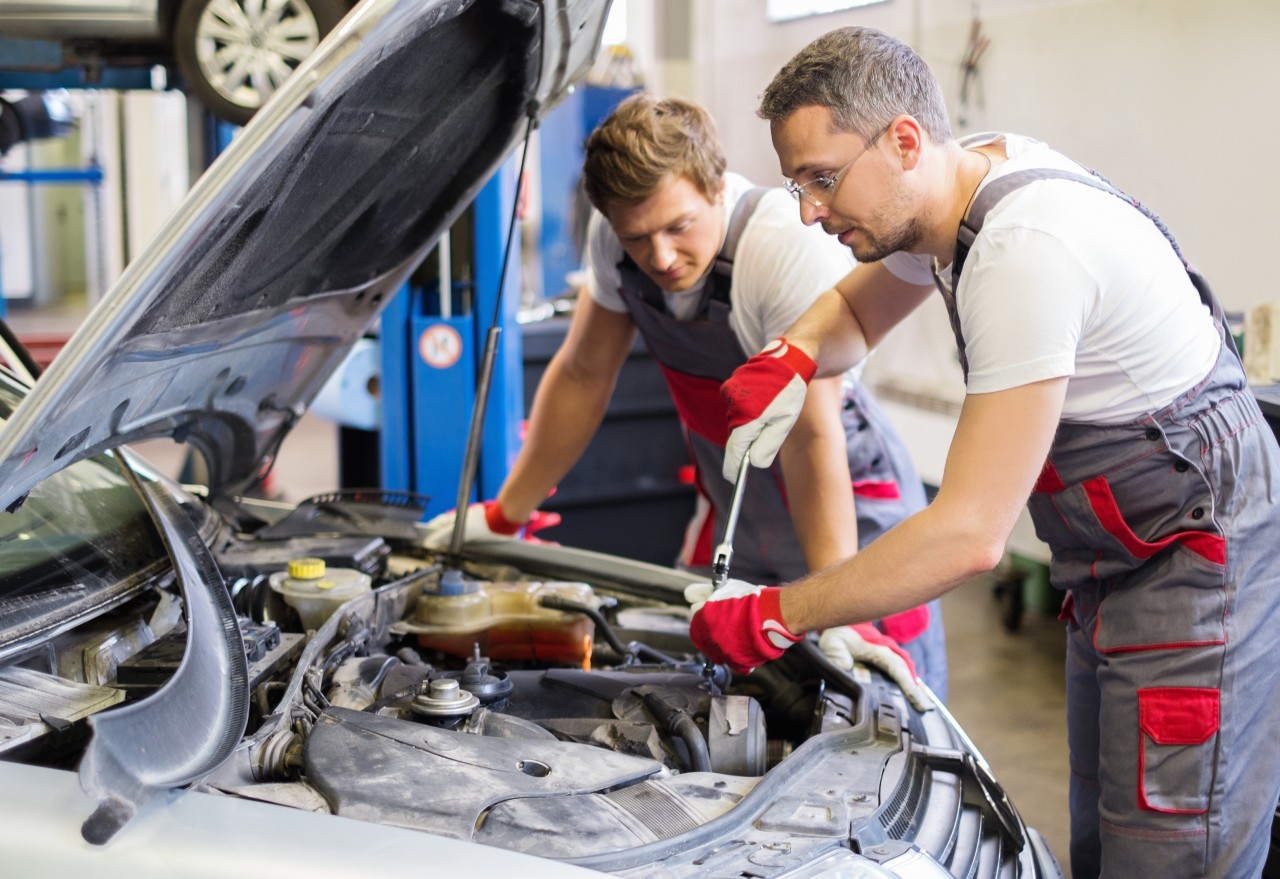All Categories
Featured

Preserving your automobile's tires is important to guarantee a smooth, risk-free, and effective driving experience. Two crucial services that are usually ignored however have a substantial influence on tire longevity and efficiency are tire rotation and positioning. These solutions assist keep your automobile running successfully and protect against irregular tire wear that can impact both security and fuel economy. Let's dive into what tire turning and placement are and why they are very important for your vehicle.
What Is Tire Turning? Tire rotation is the process of moving your tires from one setting to another to ensure they wear equally. Since your vehicle's tires operate at different prices depending upon their placement (front tires versus back tires), rotating them on a regular basis helps to distribute the wear evenly, resulting in a longer life expectancy for your tires.
Tires on the front axle often tend to put on a lot more swiftly than those on the back axle, particularly in front-wheel-drive autos, where the front tires deal with both steering and power. On the other hand, rear tires could put on erratically relying on the vehicle's weight circulation and driving problems. By revolving your tires every 6,000 to 8,000 miles (or as advised by the maker), you'll guarantee a much more balanced wear pattern.
What Is Tire Placement? Tire placement, likewise referred to as wheel positioning, refers to changing the angles of your vehicle's wheels to the manufacturer's specifications. Proper alignment makes sure that your tires are aiming in the best direction, and it assists take full advantage of tire life and enhance automobile handling. There are three main aspects of alignment: camber, wheel, and toe.
Camber refers to the tilt of the tires from the front of the vehicle. If your tires are tilted too much internal or outside, it can trigger unequal wear. Wheel refers to the angle of the steering axis when checked out from the side of the car. This influences the security of the steering, particularly when driving right. Toe refers to the angle at which the tires point inward or external when checked out from above. This influences exactly how your automobile tracks when traveling. An appropriate placement guarantees that all 4 tires are pointing right in advance and are tilted properly. Misalignment can result from hitting holes, visuals, or just from the wear of suspension elements with time.
Why Tire Rotation and Placement Issue. Extended Tire Life. Both tire rotation and positioning assistance prevent uneven tire wear. When your tires wear equally, they last longer, which can save you cash in the future by reducing the need for premature replacements.
Improved Safety. Correct tire turning and positioning improve vehicle security and handling. Misaligned tires or unevenly worn tires can negatively influence your capacity to steer and stop your car, especially in emergency situation situations. Regular upkeep guarantees your tires do ideally, offering a more secure driving experience.
Much Better Gas Effectiveness. If your tires are not aligned appropriately, they might drag versus the road surface area, triggering resistance. This additional rubbing can reduce fuel effectiveness, triggering your vehicle to take in even more gas. Routine tire alignment guarantees that your lorry moves effectively, improving gas mileage.
Enhanced Convenience. Misalignment or erratically used tires can lead to a rougher ride, as your car may pull to one side or create vibrations. By maintaining your tires rotated and straightened, you'll take pleasure in a smoother and more comfortable driving experience.
Indications That Your Tires Need Rotation or Placement. It's crucial to stay sharp for any signs that your tires require turning or alignment. Keep an eye out for these typical indicators:
Uneven Tire Wear: If you observe that a person tire is significantly more worn than the others, it may be time for a turning or alignment. Guiding Pull: If your auto pulls away while driving straight, this can show imbalance. Resonances: If you feel resonances in the guiding wheel or the car itself, maybe an indication of imbalance or irregular tire wear. Screeching Tires: Uncommon tire sound could likewise suggest inappropriate alignment or the need for a tire rotation. Exactly how Typically Should You Turn and Align Your Tires? Tire turning need to generally be done every 6,000 to 8,000 miles or as defined in your lorry's owner's guidebook. It's a good idea to revolve your tires during every oil modification, as this will certainly assist you remain on top of regular maintenance.
When it comes to placement, it doesn't call for as regular service. Commonly, alignment should be checked a minimum of once a year or whenever you observe concerns like drawing away or resonance. You might additionally need placement if you've hit a big pothole or aesthetic, which can toss your wheels out of positioning.
Final Thought: Keep Your Tires in Leading Forming. Tire rotation and positioning are vital services that keep your lorry running smoothly, safely, and successfully. By putting in the time to have your tires revolved and straightened frequently, you're buying your vehicle's performance and longevity, while additionally enhancing your security when driving. Keep proactive with tire maintenance, and your automobile will certainly thanks with far better fuel economic situation, enhanced handling, and prolonged tire life.
Latest Posts
Grab Special Auto Repair Deals in Chicago at Montclare Auto Repair
Learn About Exceptional Car Repair Solutions at Montclare Auto Repair – Keep Your Car Running Smoothly
Find Brake Repair & More: Comprehensive Auto Care Solutions from Montclare Auto Repair
More
Latest Posts
Grab Special Auto Repair Deals in Chicago at Montclare Auto Repair
Learn About Exceptional Car Repair Solutions at Montclare Auto Repair – Keep Your Car Running Smoothly
Find Brake Repair & More: Comprehensive Auto Care Solutions from Montclare Auto Repair